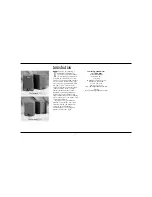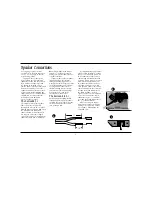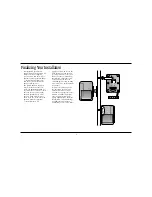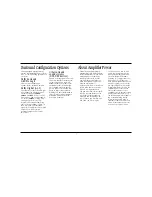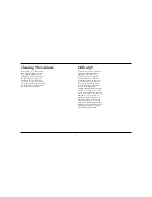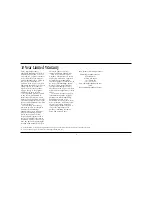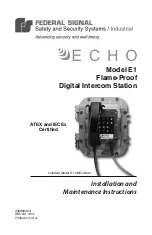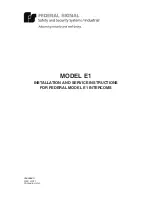
3
We are pleased to introduce the
first surround systems using
MultiPole technology, which
allows you to switch our surround
speakers between dipole (diffuse
radiation) and bipole (direct
radiation) operation.
As Dolby Digital 5.1’s recording
capabilities become more familiar
Setting the
MultiPole Switch
The MultiPole switch alters the
directionality of the speaker.
“Dipole” mode sends the mid and
high-frequency output along the
side walls, so all listeners hear a
diffuse, enveloping sound.
“Bipole” mode concentrates this
output toward the listening area,
providing central listeners more
precise imaging.
For all Dolby Surround with Pro
Logic recordings and most current
Dolby Digital recordings, we
recommend the dipole mode. It
insures that each listener experi-
ences the sound coming from all
directions, regardless of seating
position, with little degradation of
the sound positioning found in
most Dolby Digital recordings.
For some Dolby Digital record-
ings, however–those with lots of
lateral sound positioning crafted
into the rear channels–the bipolar
mode of our MultiPole systems
allows them to act as wide disper-
sion direct radiators, for more
focused sound. In particular, some
current Dolby Digital music record-
ings feature vocalists spread
between rear speakers. Bipole
mode offers the most precise
positioning of these sounds.
Multipole Technology
to movie and music sound studios,
it is difficult to predict how many
recordings will feature multiple
discrete sound sources spread
between the surround speakers.
But with MultiPole technology in
Surround 5.1
, you’re literally ready
for anything…at the flip of a
switch.
Bipole
Dipole


